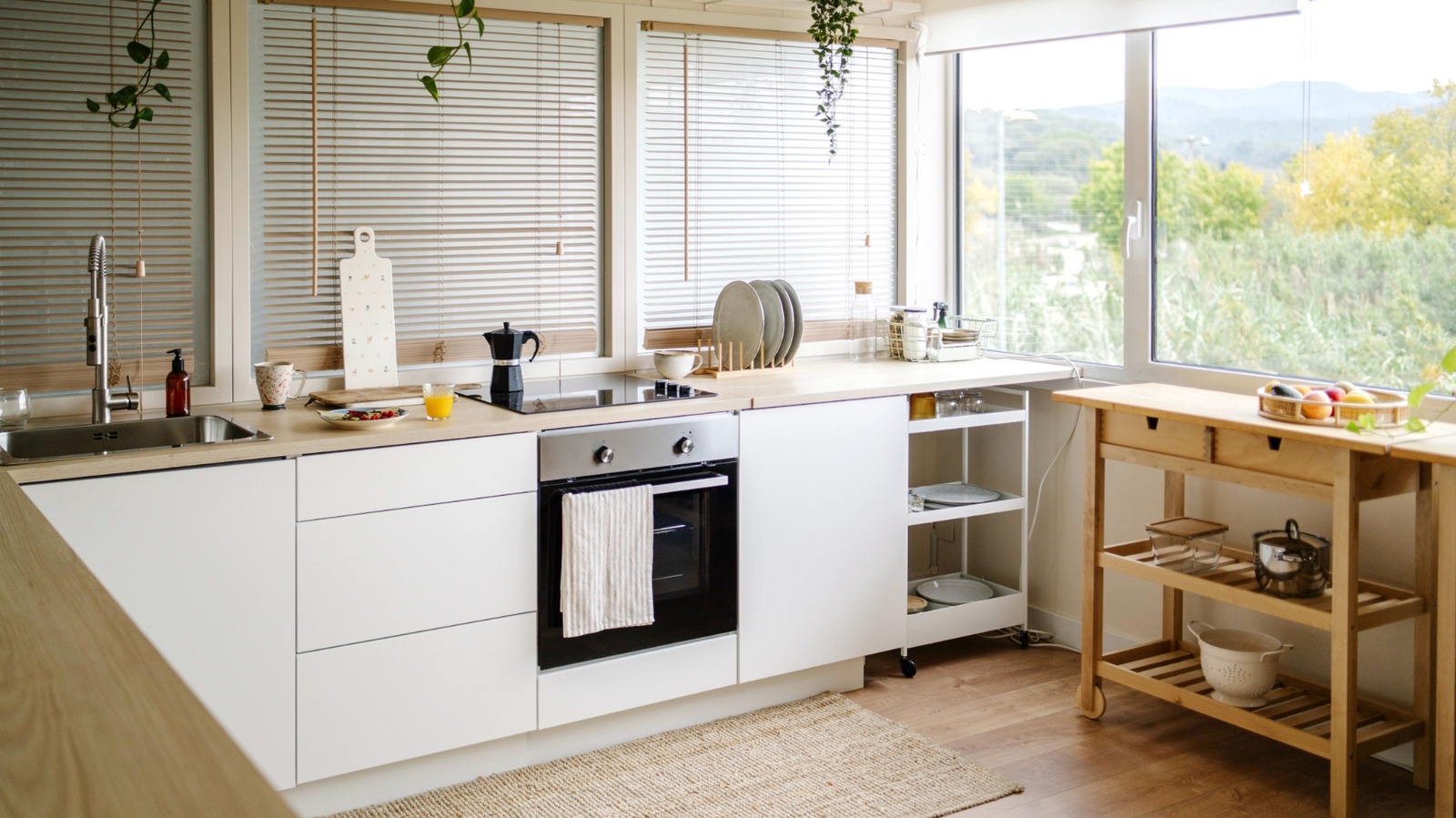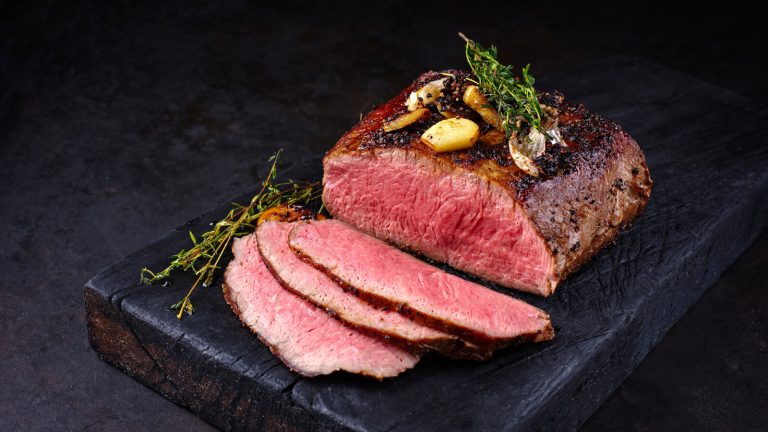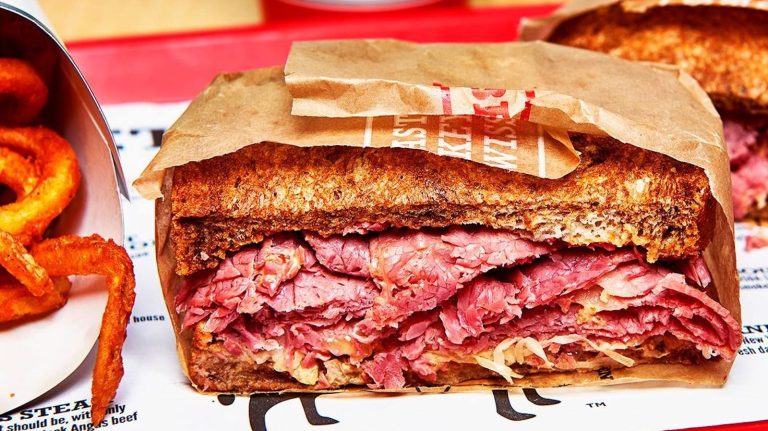It seems that everyone’s got an opinion on what your kitchen’s style should be these days. Depending on where you look, you’ll see that fitted kitchens are overtaking unfitted ones in popularity — or you might be told it’s actually the other way around, and that the fitted kitchen is seeing its inevitable end. The difference between the two styles is certainly big enough to encourage some debates, especially if you find yourself in the middle of changing homes.
A fitted kitchen has features that are permanently fixed to your home. Each piece has been customized and installed in a way that maximizes the space, from the rows of cabinetry stretching along the walls to the island sitting firmly at the center. They’re almost always aesthetically cohesive, with even appliances like the refrigerator, microwave, and oven fitting seamlessly into the design. This can often make it a visually distinct space from the rest of the home, but simple tweaks like this underrated kitchen lighting feature can help tie things together.
Unfitted kitchens, on the other hand, are composed of multiple loose pieces that can be moved around as needed, with the exception of certain fixtures like sinks and range hoods. Standalone items can have a distinct aesthetic from the others, allowing you to make chic statement pieces out of otherwise questionable vintage kitchen decor trends. As a result, unfitted kitchens can be adjusted to “open up” to other living areas, making the home as a whole feel more spacious.
Pros and cons of a fitted kitchen
The fitted kitchen traces its origins back to the 1930s, and over the decades would be influenced by a key detail of kitchen design: the “work triangle”, which aimed to optimize movement between the cooktop, refrigerator, and sink. As such, fitted kitchens are very conducive to organized work. The clean sight lines and fixed cabinets let you easily find whatever you need, when you need it. The efficient workflow afforded by the layout also makes kitchen work feel like less of a chore.
Fitted kitchens are also great for people who spend a lot of time cooking, and as a result need a lot of storage for their tools and ingredients. Each fixture is custom-fitted to the house’s structure, allowing you to utilize every inch of your kitchen.
However, because fitted kitchens require almost every feature to be custom-built in order to maximize the space, they’re often fairly expensive. Depending on the size and complexity of the design, the installation can add quite a bit to the total cost. The fact that they’re intended to be permanent fixtures of the home also drives up the sense of commitment inherent to the style — redesigns are too complicated and pricey to do on a whim, even if you put in the extra effort to save money on a kitchen remodel.
Pros and cons of an unfitted kitchen
Unfitted kitchens, on the other hand, are favored by those who appreciate flexibility, even if it means more work sourcing for individual pieces. With most of the items being movable, how you use the space is dictated entirely by how you want to use it; you can, for instance, swap out a mobile island for an extra table when entertaining at home. This can also give you ample opportunity to add your personality to the space, through everything from vintage larders to surprisingly useful kitchen tools found at second-hand stores. The aesthetic, workflow, and storage options are fully customizable — you have the freedom to go with the cheapest way to give your kitchen new lighting, or to splurge on something more luxurious.
This sense of flexibility extends to your home situation, as well. One benefit of an unfitted kitchen is that you can take the pieces with you when you move; fitted kitchens have to be left behind. Ultimately, the style that works best for you depends on how you view kitchens in general. If you lean towards the idea of a kitchen as a formal, structured workspace, a fitted kitchen might be right for you. If you see it more as a living space, or even as a workspace that needs to grow and evolve with your own culinary needs, try an unfitted kitchen. A lot of folks see their kitchens as both, so borrowing elements from both styles is another direction you can go.







